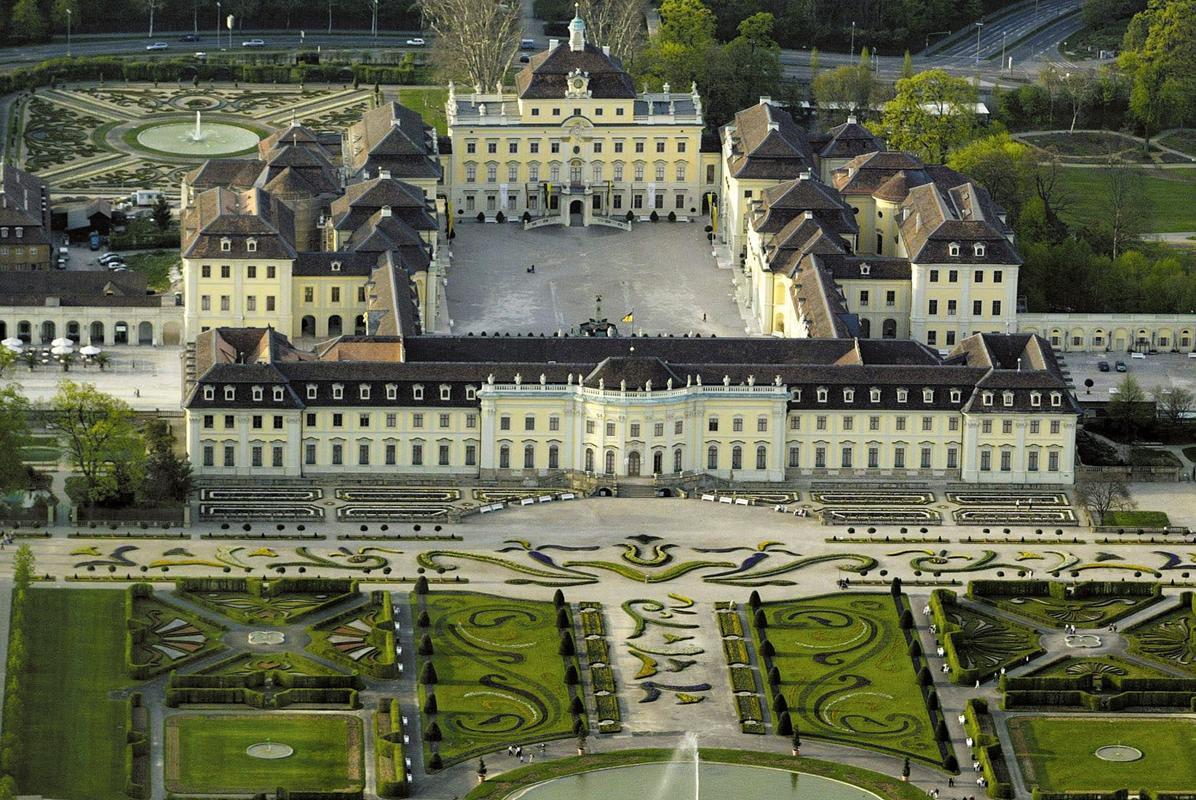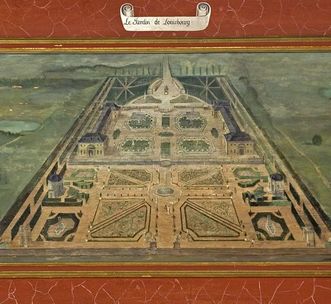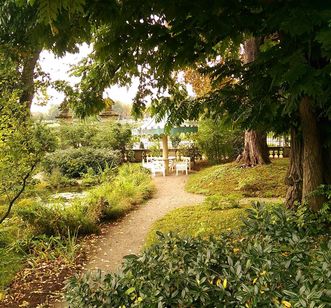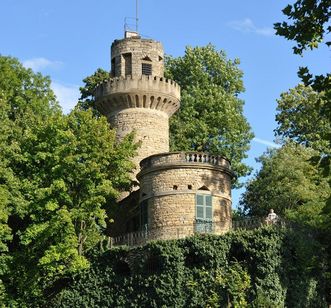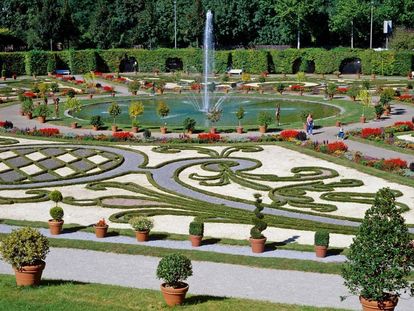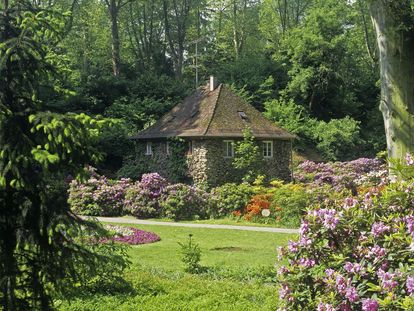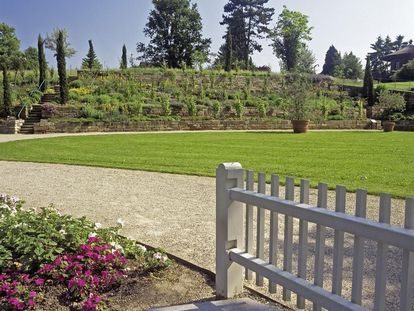Baroque garden splendor
The garden would have become an impressive example of Italian garden design north of the Alps. Duke Eberhard Ludwig, the builder of Ludwigsburg Residential Palace, actually wanted to install a terraced garden with water features on the steep slope on the north side of the palace. But as the palace grew, his focus soon shifted to the south garden. Here, a symmetrical Baroque garden was established in the French style to complement to palace facade.



